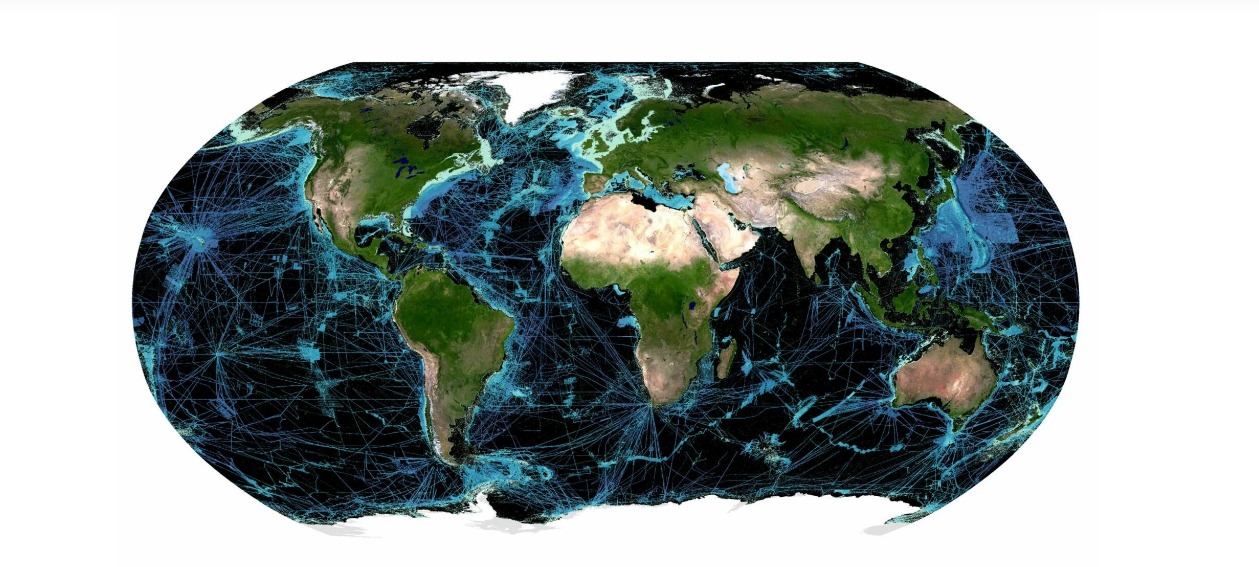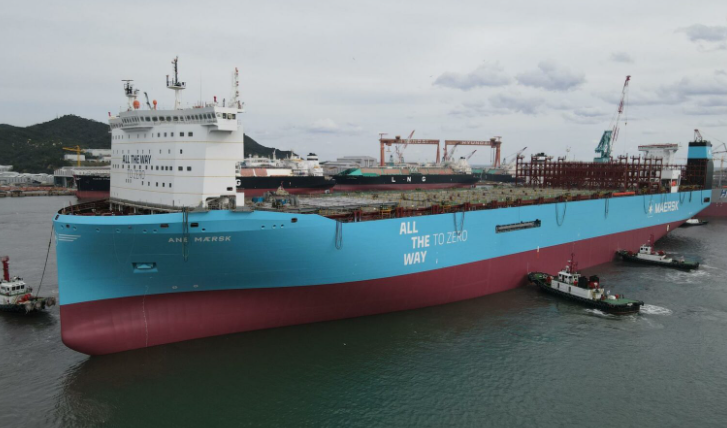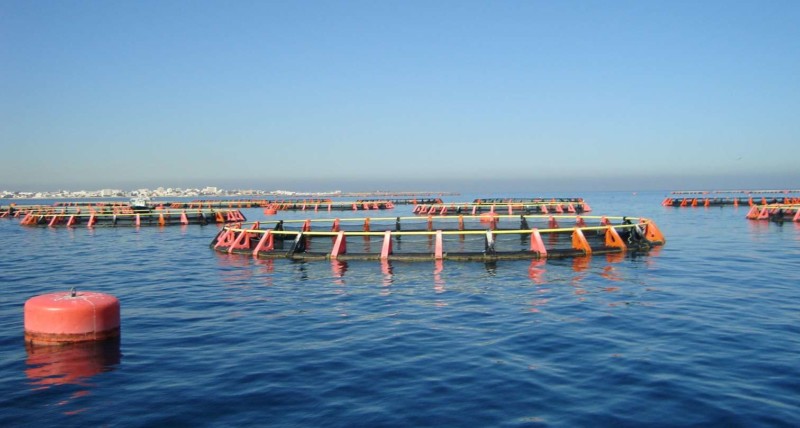London, 21 Juin 2024 – On the occasion of World Hydrography Day, The Nippon Foundation-GEBCO Seabed 2030 Project has announced the latest percentage of ocean floor mapped, marking an increase of 4.34 million square kilometres of new data – equating to an area the size of the European Union.
The global effort to compile a definitive map of the world’s entire ocean floor is being spearheaded by Seabed 2030 – a collaborative project between The Nippon Foundation and the General Bathymetric Chart of the Oceans (GEBCO), with the latter being a joint programme of the International Hydrographic Organization (IHO) and the Intergovernmental Oceanographic Commission (IOC) of UNESCO.
Seabed 2030 is also a flagship programme of the Ocean Decade – a framework to create a sustainable and well managed ocean.
The latest figure of 26.1% mapped is a testament to the continuous efforts and advancements in seafloor mapping technologies and activities. While the increase showcases progress in the portion of the seabed mapped, it’s important to highlight the remarkable discoveries made possible through this global effort to uncover Earth’s final frontier – discoveries that are essential for realising sustainable ocean management.
In the past year alone, ocean research has led to the characterisation of the largest known deep-sea coral reef habitat off the southeast U.S. coast. The multi-year campaign to map and explore this region was led by Seabed 2030 partner National Oceanic and Atmospheric Administration (NOAA) Ocean Exploration, in collaboration with a host of other government, academic, and private sector collaborators. The analysis of newly-mapped seafloor revealed an extensive coral habitat spanning over 6.4 million acres on the Blake Plateau.
“This strategic multi-agency effort to systematically map and characterise the stunning coral ecosystem right on the doorstep of the U.S. East Coast is a perfect example of what we can accomplish when we pool resources and focus on exploring the 74% of global marine waters that are still unmapped,” said Derek Sowers, lead author of the study and Mapping Operations Manager at Ocean Exploration Trust.
Advanced sonar and imaging techniques documented 83,908 coral mounds, showcasing the immense biodiversity previously unknown in this region. This discovery, supported by imagery from 23 submersible dives, highlights the critical role of seafloor mapping in revealing previously unknown aspects of the ocean.
In another remarkable finding, the crew aboard the Schmidt Ocean Institute’s research vessel Falkor (too) made a groundbreaking discovery of four underwater mountains, with the tallest of these standing over 1.5 miles high, using multibeam mapping techniques. These seafloor features, revealed during a transit from Golfito, Costa Rica, to Valparaiso, Chile, had not been previously recorded in any bathymetric database. Additionally, scientists aboard the Schmidt Ocean Institute research vessel Falkor (too) have identified over 100 potential new marine species during a single deep-sea expedition, highlighting the vast, untapped biodiversity of the ocean.
Executive Director of Schmidt Ocean Institute Jyotika Virmani commented: “What lies beneath the waves is the largest mystery on our planet and the ocean continues to reveal magnificent new surprises. Schmidt Ocean Institute is proud to be a partner of The Nippon Foundation-GEBCO Seabed 2030 Project and a part of the phenomenal international effort currently underway to map our entire planet for the first time in human history.”
These findings underscore the vital importance of seabed mapping in enhancing our understanding of marine ecosystems and informing frameworks for sustainable management.

Seabed 2030 Director Jamie McMichael-Phillips said: “Seabed mapping has proven to be a powerful tool in advancing our knowledge of marine ecosystems and biodiversity, and the impressive discoveries made this year alone highlight the critical importance of our mission.
“Commendable progress has been made since Seabed 2030’s inception in 2017, with over 94 million square kilometres of bathymetric data acquired through global partnerships, data mobilisation, and advancements in technological innovation, but much of the ocean still remains a mystery. The discoveries made over the course of the past year serve as a striking reminder of how much of our own planet we have yet to understand and, in turn, safeguard.
“The achievements made to date would not be possible without the concerted efforts of our global network of partners and the international maritime community. Now, as we strive towards the end of 2030, we need the collective support of all stakeholders – governments, industry, academia, and even the public – to help us realise our ambitious, yet necessary, goal of a fully mapped planet.”
All data collected and shared with the Seabed 2030 project is included in the free and publicly available GEBCO global grid.
For more information, visit the Seabed 2030 Action page on our website.
***
The Nippon Foundation-GEBCO Seabed 2030 Project is a collaborative project between The Nippon Foundation and GEBCO. The Seabed 2030 Project, launched at the United Nations Ocean Conference in 2017 by Chairman Sasakawa of The Nippon Foundation, coordinates and oversees the sourcing and compilation of bathymetric data from different parts of the world’s ocean through its five centres into the freely-available GEBCO Grid. Four Regional Centres cover the Southern Ocean, the Arctic and North Pacific Ocean, the Atlantic and Indian Oceans, and the South and West Pacific Ocean. These feed data products into the Global Data Centre. The IHO Data Center for Digital Bathymetry (DCDB) serves as the long-term archive for Seabed 2030.
Source: oceandecade




